Until the middle of the 20th century boats were made only of wood. Industrial development and the advent of new materials such as fibreglass and plastic led to a gradual move away from wood. As a result, for more than two decades, the tradition of wooden boat building began to be forgotten and the craft of boat building abandoned. Since the 1970s, when boat racing resumed in the UK, traditional wooden boat building has also been revived.
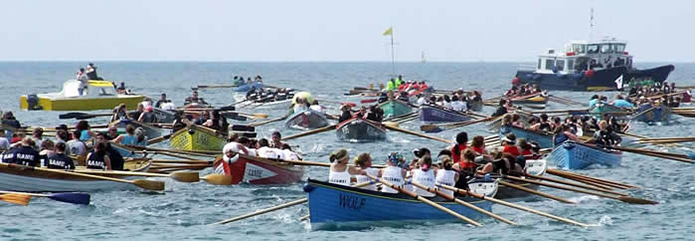
Boat Building Academy
Boat Building Academy is a school established in 1997 for those who want to learn both traditional and modern boat building techniques. The school welcomes learners of all ages. There are young people who want to learn a craft, but also mature people with a passion for boats. People with very different trades take a gap year to learn as much as possible about their passion.
One of the most famous graduates is Mark Bestford who, after turning 50, set up Boatwork Ltd. He was invited to St. James's Palace to tell Prince Charles how he decided to follow his passion, making a career out of it at an age when others are thinking of retirement.
The BBA studies the traditional way of making and restoring wooden boats and oars. Students learn in groups of 8 for 38 weeks. From the very beginning they choose a boat design and, in parallel with the theoretical courses, start building it. They have no summer holidays and work a minimum of 40 hours a week. They are encouraged to work on the boat in their spare time, after classes and on weekends. At the end of the course, before Christmas, the boat is launched in a ceremony. After this, the Academy goes into its only holiday of the year.
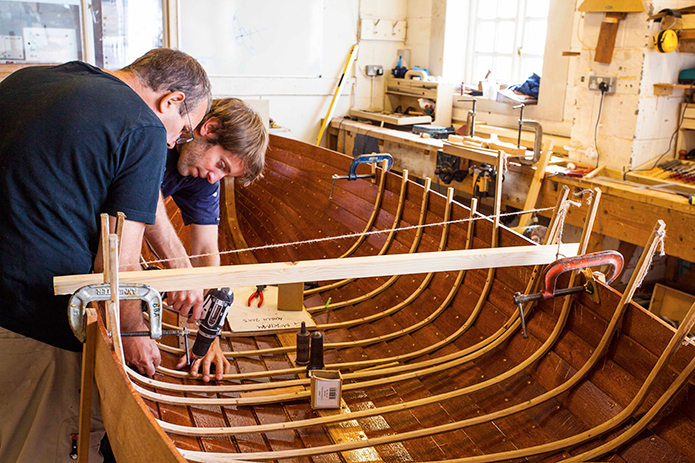
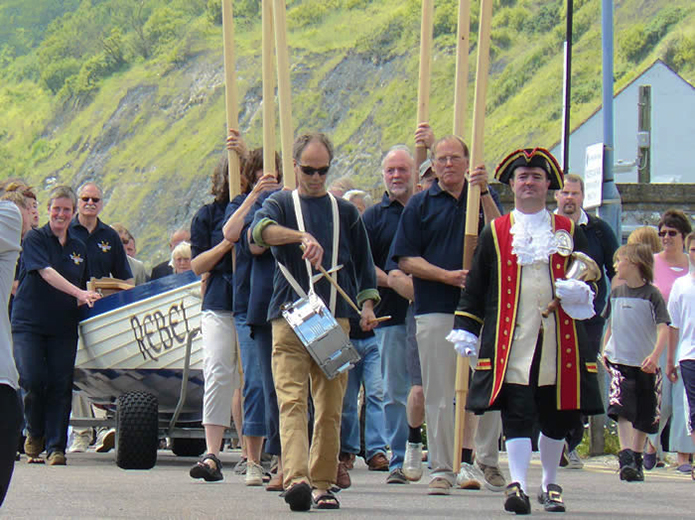
Materials used in boat building
The boats taught at the BBA are dinghies, yachts, kayaks, canoes, yachts and large boats. The species of wood used in their construction are elm, oak and African mahogany for structure and cladding, fir, spruce, red cedar and larch for cladding and decoration. The reinforcements - those perpendicular ribs on the planking - called ribs are made from oak. Sweet chestnut (a local species) is sometimes used for decoration.
Sail frames and oars are made of Sitka spruce. Traditional wooden boats are built using timber cut from logs, which is then turned into planks and nailed or screwed together, with no adhesives allowed. The traditional technique of bending wood is used, i.e. steaming and then clamping it in moulds to give it the desired shape.
The planks are fastened to the boat frame using a special technique that allows the wood to change its dimensions by absorbing water. When not in the water, the boat needs special maintenance so that it doesn't dry out too much and lose some of its filler material (tar from riding). When building traditional wooden boats, all the work is done by hand using woodworking tools. Students also learn to use modern tools, but they are not used for traditional boats.
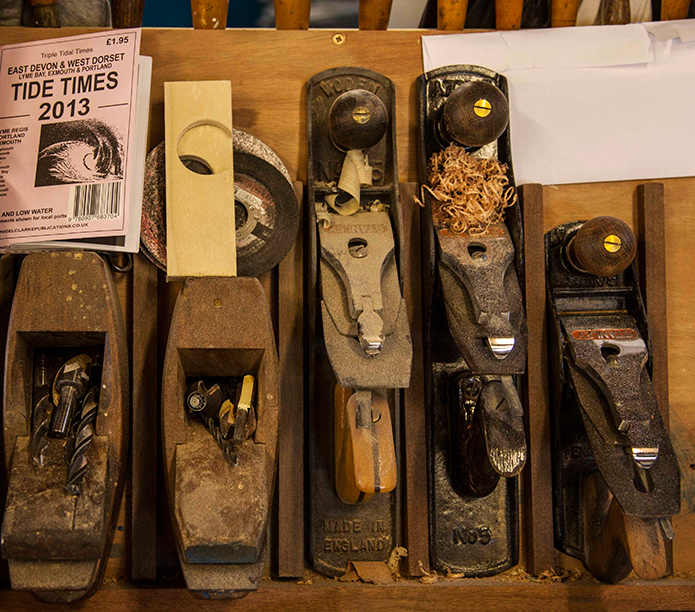
Building traditional boats
Building traditional wooden boats is a complex and fascinating process, even if the boat looks small and simple at first glance. It all starts from an existing design in the academy or made by designers based on old boat designs. Drawings, calculations and moulds are then made for the bending.
Choose wood and other materials. Start with a central structure and a frame on which the planks are placed, one on top of the other, and then nailed and screwed together. The perpendicular ribs, the reinforcements on the bottom of the boat and the edges are applied. Lay the planks on which the boat will sit and the metal elements supporting the oars. Finally the boat is protected with traditional paints or oils. Apply as many coats as necessary to protect the boat from moisture and the destructive action of UV radiation.
The construction of the oars also involves a real art of combining different types of wood and processing them. The oar handle is made from a square piece of wood. It is worked to an octagon, then worked again until the section is a regular geometric shape with 16 sides. By sanding this 16-sided wooden stick, the round shape of the oar handle is achieved.
And how simple it would all be done on a lathe! But it would have meant abandoning traditional methods and this is not acceptable in a traditional boat project. Find out more about building traditional wooden boats here.
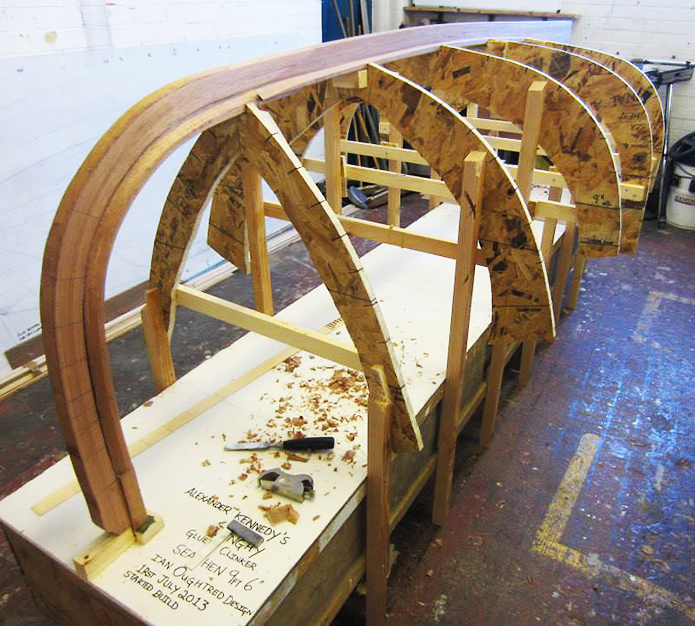
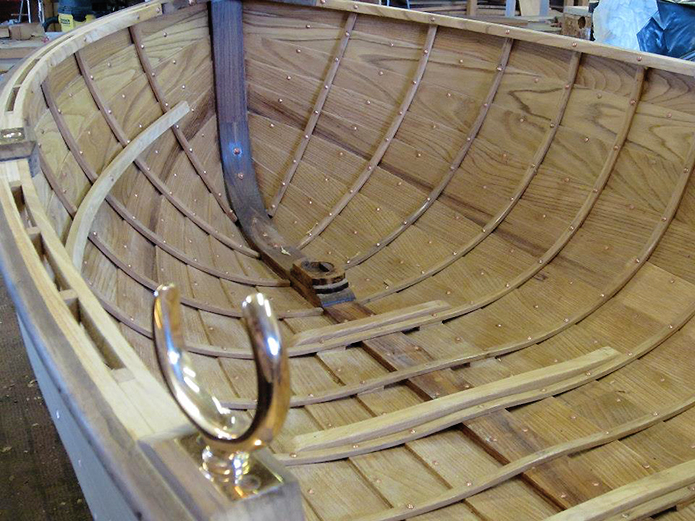
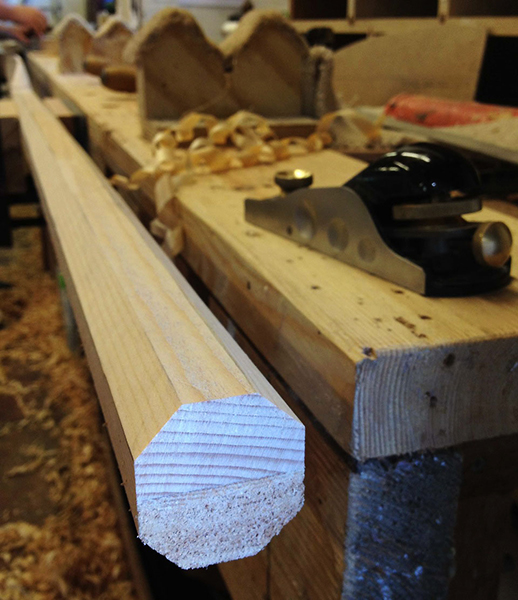
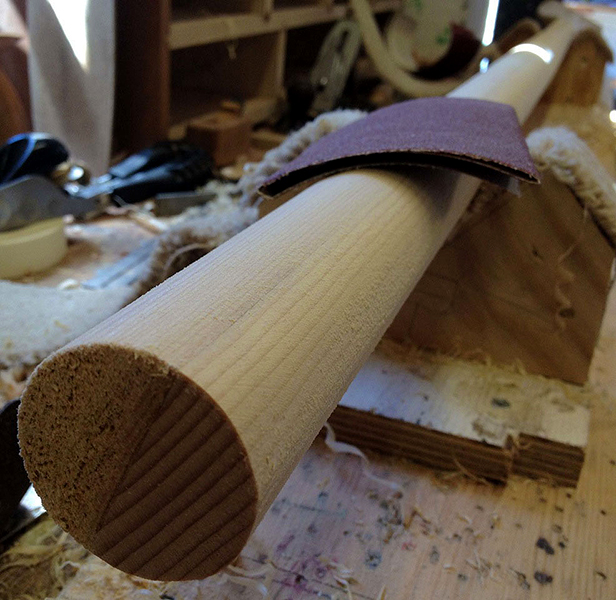
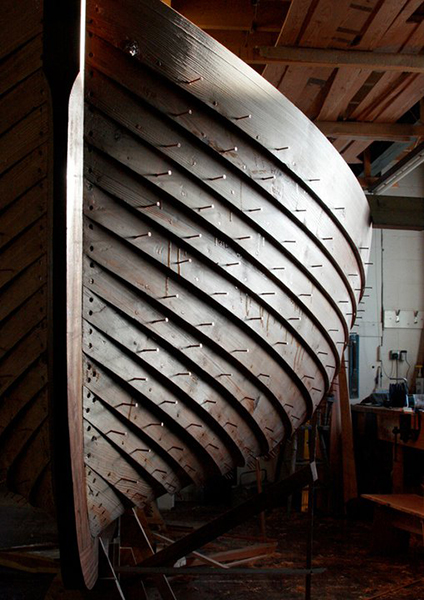
Boat Bilding Academy helps some find their way in life and others pursue their passion. They say they have students between the ages of 17 and 87. This passion for boat building continues for most with sailing on the boats they build themselves. It's a passion that for some is a lifestyle. To convince you I leave you in the company of Ben Harris, a boat builder and sailor at the same time, who talks about his passion.





















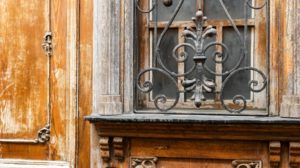

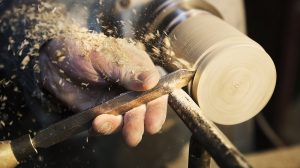
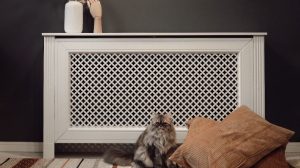

Add comment